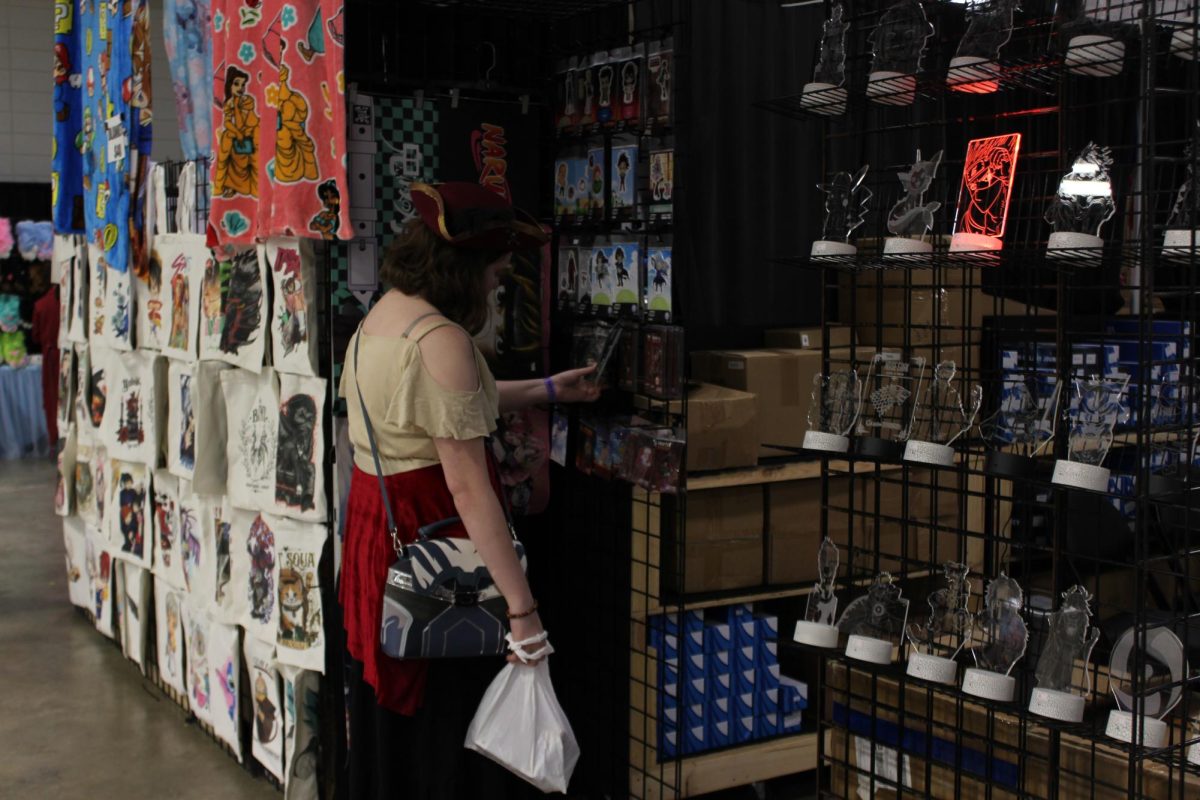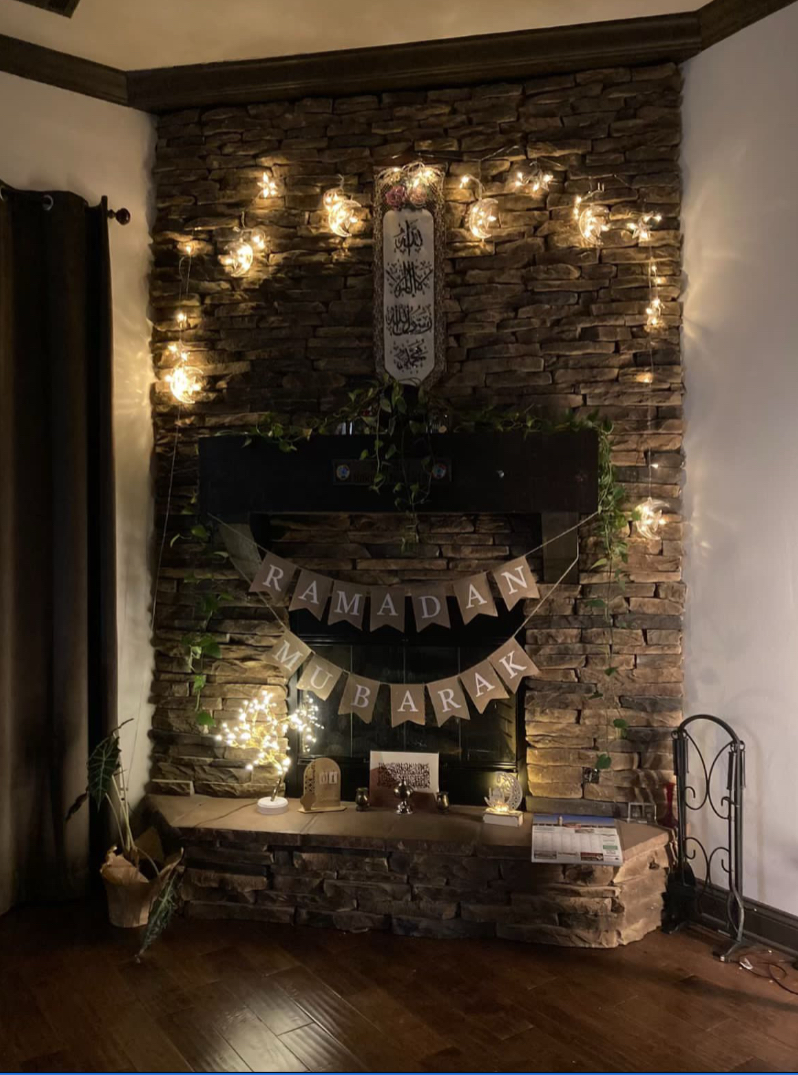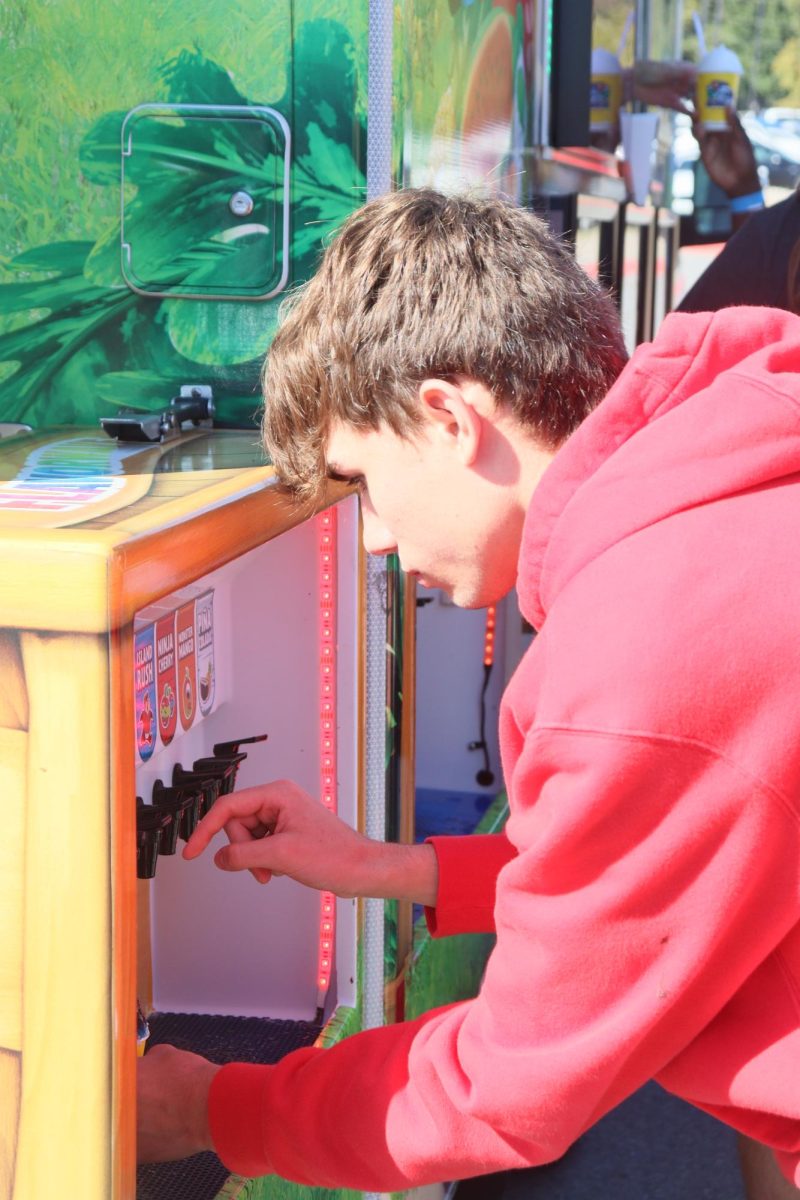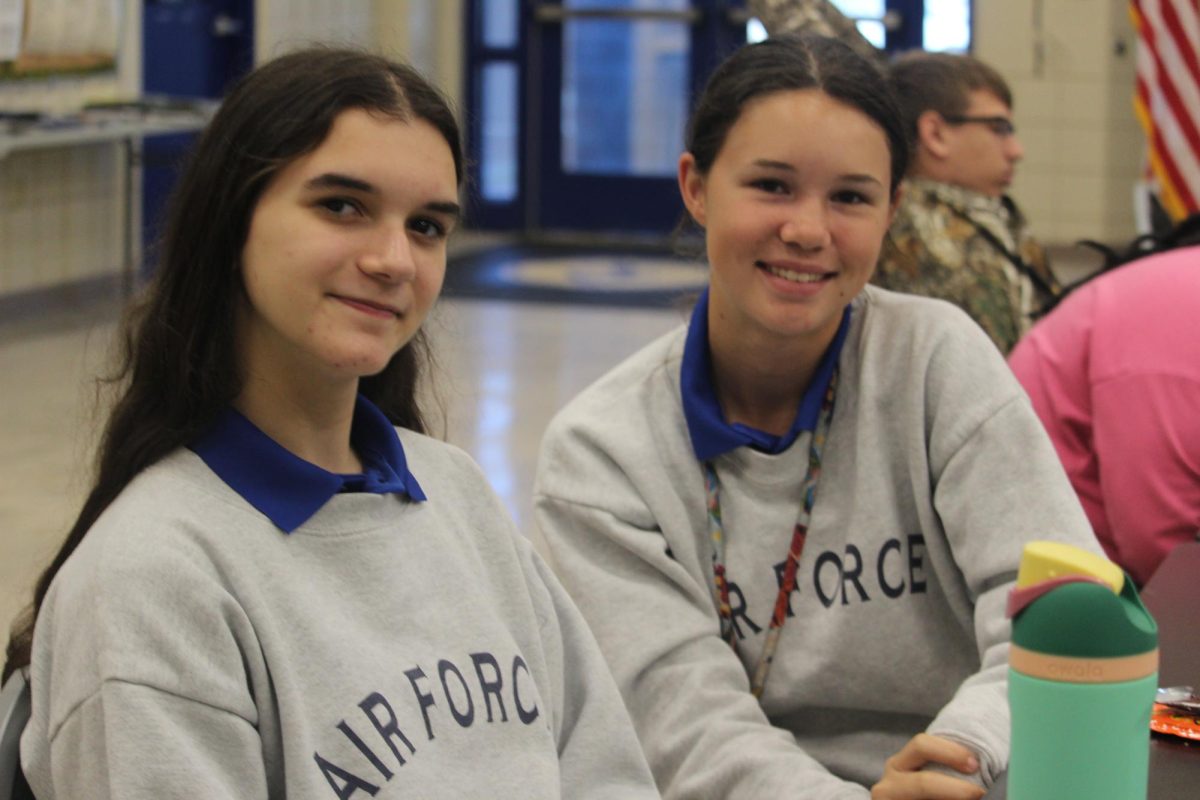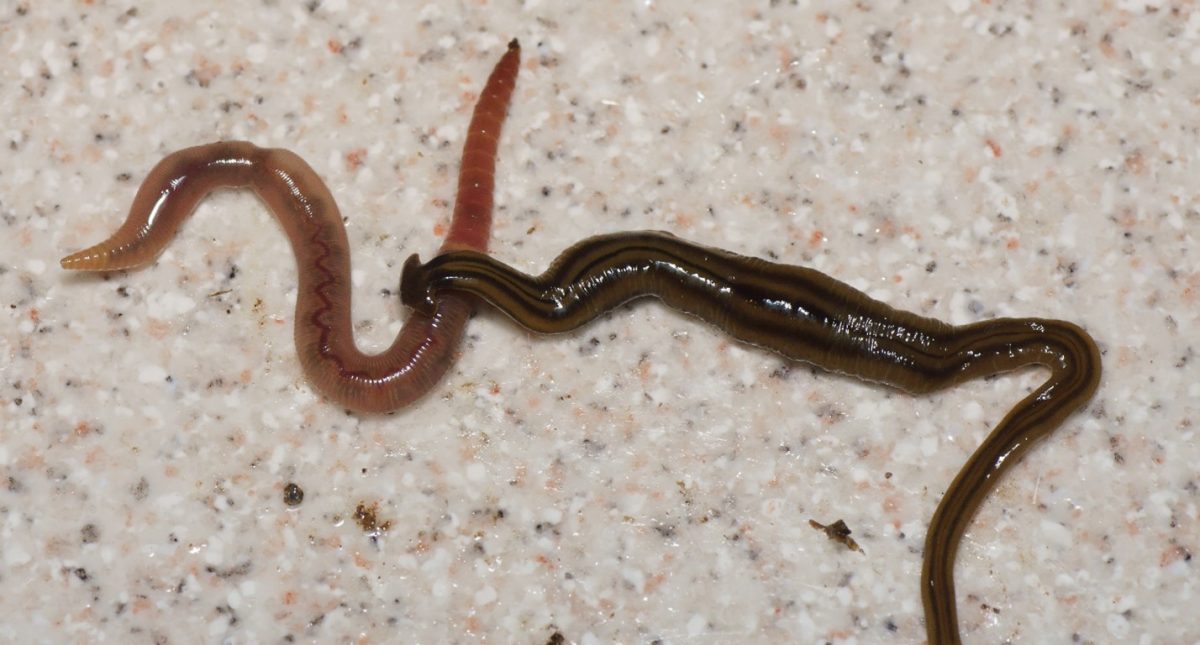It’s not the breeding program. It’s not the daily morning meetings. It’s not the paperwork. It’s the bonds animal keepers make with their animals. It’s the accomplishments they help the animals achieve. It’s the difference they make in the animals’ lives that make Ashton Shaffer’s day.
“When you’re training an animal and you can see the moment where everything clicks and they understand it,” Shaffer said. “You get the feeling of accomplishment and that’s awesome. If you find something, some sort of enrichment that the animal spends half an hour using, you feel like you did something and it makes it a great day.”

Shaffer has been an animal keeper for nine years, three at Bergen County Zoological Park in New Jersey, and six at the Smithsonian National Zoological Park.
“Chance was the main thing that got me here. After college, I worked at a vet’s office for a while and realized that is not at all what I wanted to do,” Shaffer said. “Once I came across an opening at that zoo at home, I thought I’d give it a try. I didn’t think that I’d like working in a zoo but I ended up loving every minute of it.”
At her previous zoological park, Shaffer worked with animals of all sorts, from reptiles to birds to mammals, Shaffer covered the entire zoo. But at the Smithsonian National Zoological Park, Shaffer only works with small primates.
“I like working with these guys, you get to go in with a lot of your animals, which you wouldn’t if you were with the lions or tigers,” Shaffer said. “It’s a totally different world down there. Each one has benefits, but I personally like to go inside with them.”

Shaffer works in line one of the three lines in the small mammal house, and handles seventeen different exhibits. From the slender-tailed meerkat to the prehensile-tailed porcupine, Shaffer supervises all 23 animals.
“We have bonds with all of our animals, since we work with the same ones every day,” Shaffer said. “A lot of them will even hand feed from us. It’s about building trust between the animal and the keeper.”
Shaffer has many different tasks, from cleaning exhibits, making enrichment and feeding the animals, to morning meetings, daily demos and paperwork.
“It’s a lot of similar tasks each day, but no day is ever the same, and I love that,” Shaffer said.
Enrichment is anything the keepers put in an exhibit to stimulate the animal. That ranges from tactile feelings or different music or animal sounds, to changing the animal’s “furniture,” their exhibit so it’s something new for the animal.
 “The best part is probably when you’re handing out enrichment and an animal just seems to be completely into it. It’s like an instant gratification,” Shaffer said. “You can see that something you did that day made a difference in their lives.”
“The best part is probably when you’re handing out enrichment and an animal just seems to be completely into it. It’s like an instant gratification,” Shaffer said. “You can see that something you did that day made a difference in their lives.”



